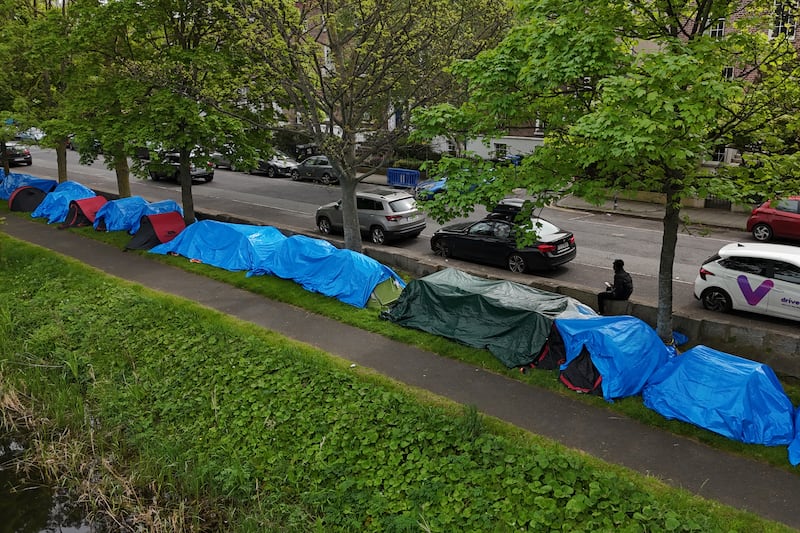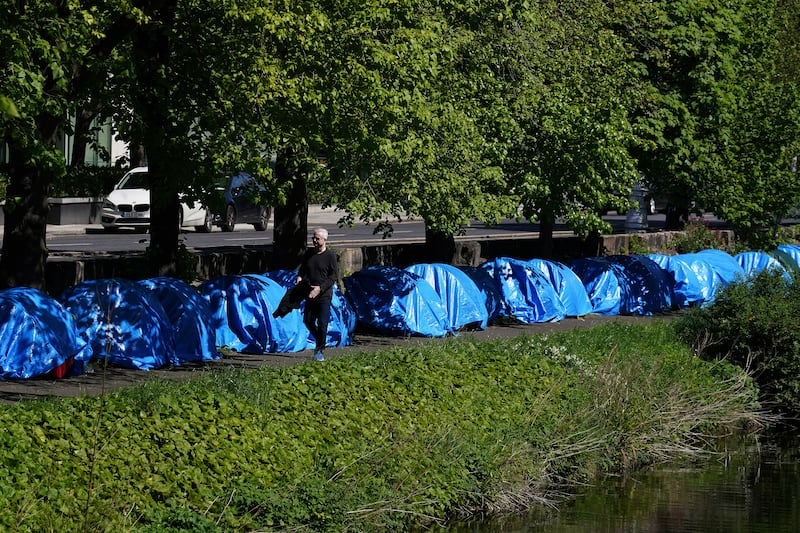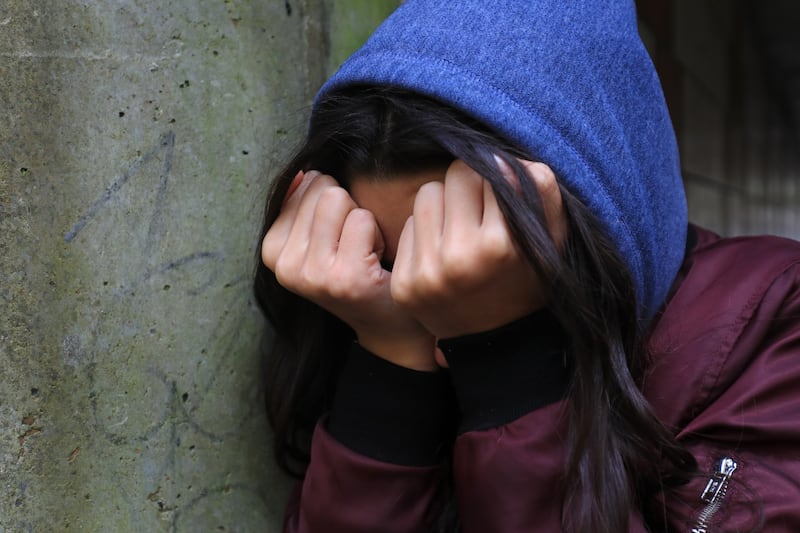The number of lone child asylum seekers in England has risen by almost a third in a year, according to the latest figures.
There were 7,290 looked-after children as of the end of March who were unaccompanied child asylum seekers, the Department for Education (DfE) statistics show.
This is a 29% increase – 1,630 more such children – on the 2022 figure and a 42% increase on pre-pandemic 2019 figures, the department said.
Action for Children described the overall figures as “depressing”, adding that they show an “overstretched and underfunded care system stuck in crisis mode – one that is letting down our most vulnerable children”.
Unaccompanied child asylum seekers are defined as those who have applied for asylum in their own right and are separated from both parents or any other responsible adult.
Local authorities have a legal duty to provide accommodation for them.
In the year to March, Kent looked after the largest number of unaccompanied child asylum seekers at 445 young people, followed by Hampshire (239) and Manchester (172).
The DfE said unaccompanied child asylum seekers made up 9% of all looked-after children.
The majority (96%) were male, up from 90% in 2019, and unaccompanied child asylum seekers were generally older than other looked-after children.
Around 14% were aged under 16 years old, compared to 74% of all looked-after children, the department said.
For the first time, this year details on the type of placements for unaccompanied child asylum seekers showed that the proportion ending up in so-called semi-independent settings has risen, while foster placements and independent arrangements have decreased.
Almost half (45%) were placed in semi-independent settings, up from 24% in 2019.
Semi-independent settings are those in which a person will generally have access to their own facilities such as a kitchen but will have a responsible adult on-site if needed.
Foster carers looked after 38% of unaccompanied child asylum seekers, down from 50% in 2019, while 16% of unaccompanied child asylum seekers were living independently, down from 25% in 2019.
Overall the number of children looked after by local authorities in England rose to 83,840 – up 2%, the DfE said, adding that this continued the increase seen in recent years.
The department said the changes seen in the past year can mainly be explained by the large increase in unaccompanied asylum-seeking children.
The number of looked-after children who were adopted was down 2% to 2,960.
Paul Carberry, chief executive at Action for Children, said: “We need to see a clear shift from the current system. That means urgent cash from central government and a fire lit under its social care reform plans.
“It must ensure proper funding for early help services to reduce the numbers of children going into care, better support for those leaving care to return home so they don’t end up back in the care system, and improved standards of care.
“This approach will not only benefit those children and their future life chances, but also the taxpayer, who is currently footing the bill for an expensive and broken care system.”








